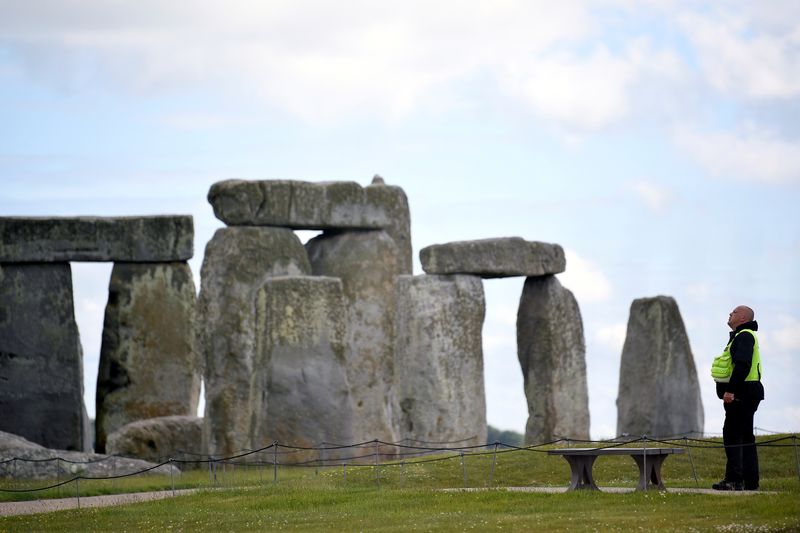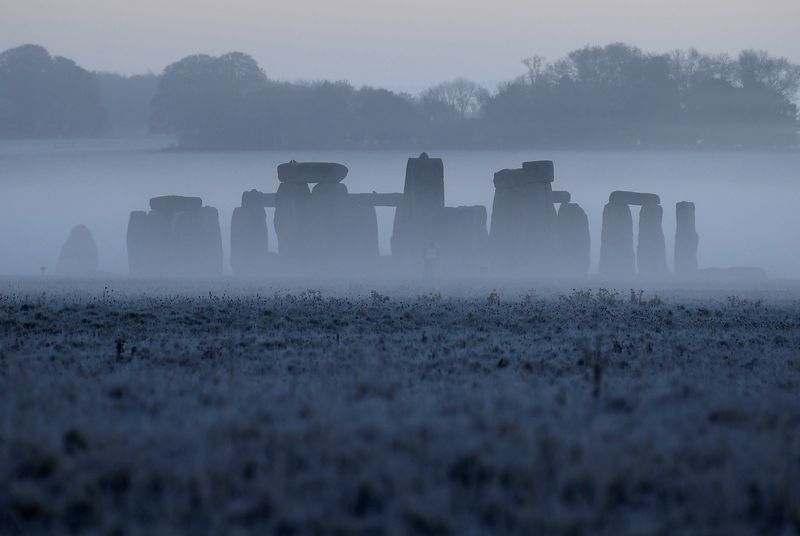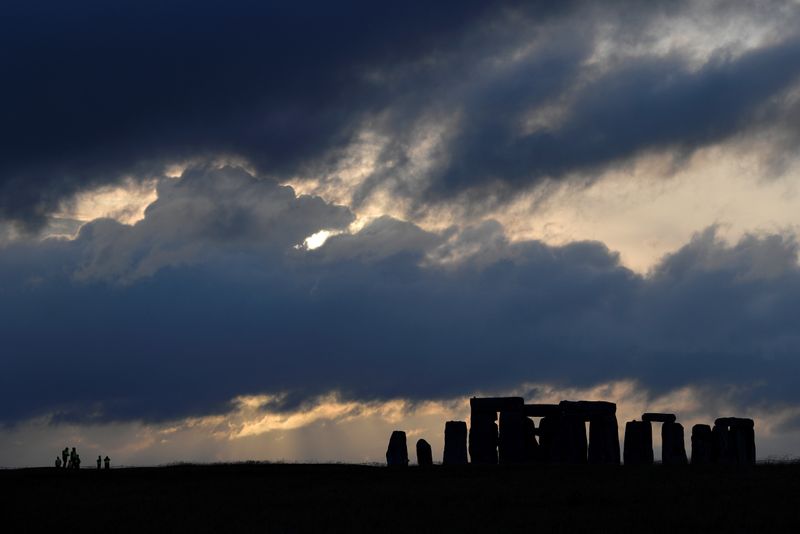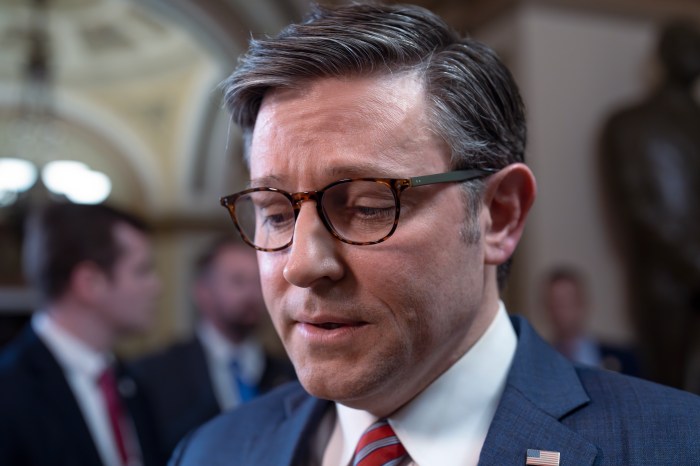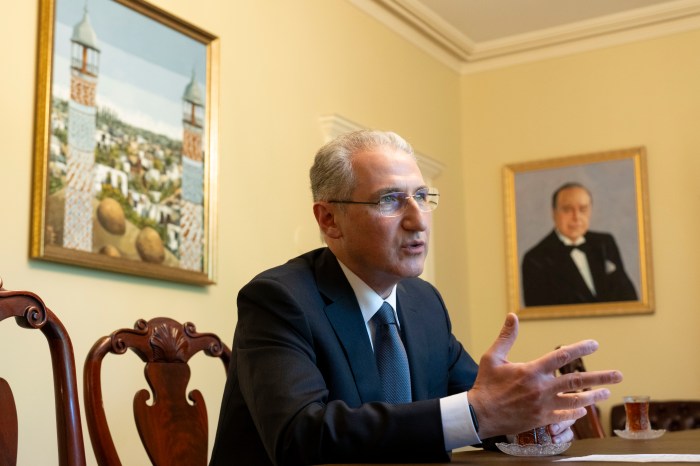LONDON (Reuters) – Britain has given the green light to a 1.7 billion pounds tunnel under Stonehenge aimed at hiding a nearby main road that has long blighted the mysterious prehistoric circle of stones in southern England.
Stonehenge, one of the world’s most famous prehistoric monuments, includes a 5,000-year-old ditch and a Neolithic stone circle with early Bronze Age burial mounds nearby. It is a World Heritage Site.
Transport Secretary Grant Shapps on Thursday granted development consent for the 1.7 billion pound project which includes a new dual carriageway with a two-mile tunnel beside Stonehenge.
“The Secretary of State agrees the benefits of the development would include enabling visitors to Stonehenge to see the stone circle without the visual and aural distraction of road traffic,” Shapps said in a letter approving the project.
England’s highways agency said the road beside Stonehenge is a congestion hotspot with traffic flow double what it was designed for, and that the tunnel amounts to the biggest investment in English roads for a generation.
Highways England said the project will remove the sound of traffic from the site and thus restore a measure of tranquility to Stonehenge.
But some archaeologists and local residents oppose the project.
They say the tunnel is too short and will damage the archaeological surroundings of Stonehenge. They have called for a deep-bored tunnel at least 4.5 km (3 miles) long.
The Stonehenge Alliance, which opposes the project, said it deeply regretted Shapps’ decision and would discuss its options. There is now a six-week period in which the decisions may be challenged in the High Court, Highways England said.
(Reporting by Guy Faulconbridge; Editing by Kate Holton and Stephen Addison)

